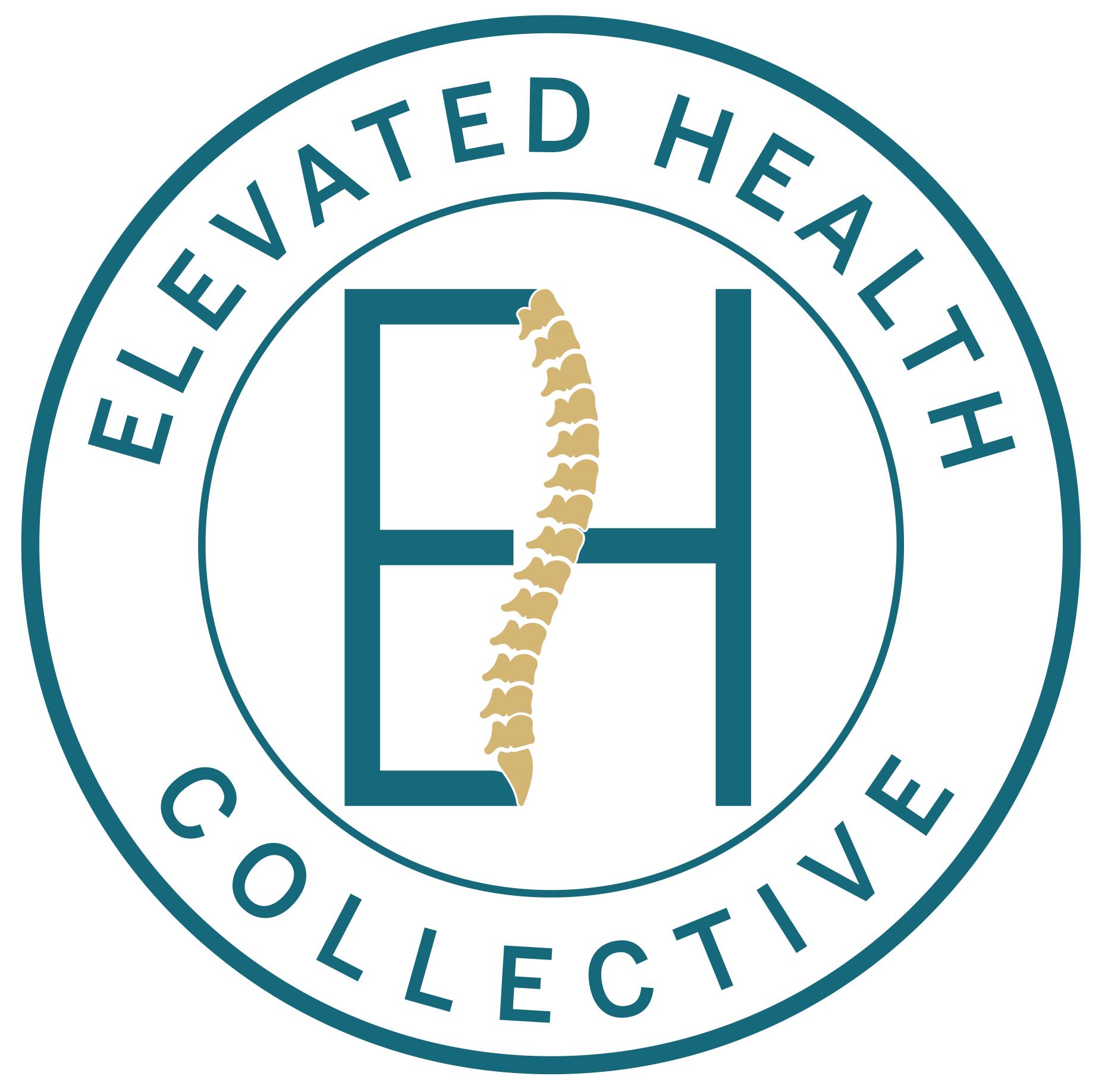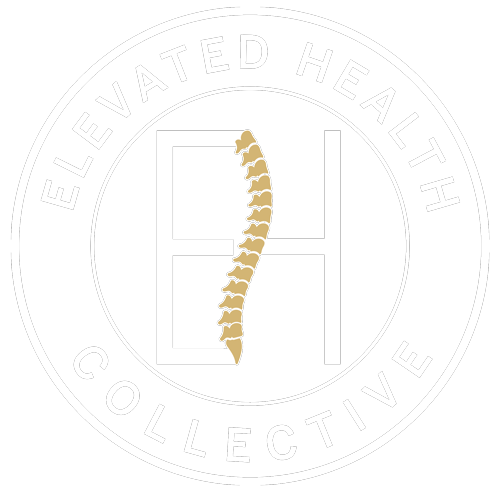Frequently Asked Questions
- Manual Osteopathy
- Traditional Chinese Medicine (TCM)
- Acupuncture
- Fire Cupping
- Moxibustion (Moxa)
- Tui Na
- Chiropractic Care
Osteopathy can help with many conditions. Improvement has been seen in:
asthma, hypertension, migraine headaches, Bell’s Palsy, acid reflux, seizure disorders, ADHD, insomnia, anxiety, depression, chronic fatigue, Post-Concussion Syndrome, back and neck pain. These are only a few of the
conditions Osteopathic Practitioners see and treat on a daily basis. A more
extensive list can be found here.
Prior to your first appointment, a medical history (link to menu here) form has to be completed.
At your first visit we will take a complete review of your issue(s). We discuss the reason(s) you’ve come in, thoroughly go over your medical history and answer
any questions you may have.
After talking about your aches, pains and complaints, some assessment will be needed to determine the course of the approach to get you better.
The session is then going to end with an initial treatment.
No, osteopathic treatment is currently not covered by OHIP. However, many
extended health care plans do cover it. Be sure to look into your coverage to see if this applies to you.
Some insurance companies do offer osteopathic coverage, but it depends on your plan.
Upon payment, a receipt will be issued to you that can then be submitted to your insurance.
No referral is necessary. Should anything arise in an initial intake session or subsequent follow up that is of medical concern to me, I will ask that you check in with your doctor before administering further treatment.
Wear whatever you feel most comfortable in as treatment is delivered fully clothed. Simply make sure that your clothes are non restricting, to facilitate ease of movement during the session, i.e. shorts, sweat / yoga pants or leggings and a t-shirt / undershirt. Please avoid tight jeans or skirts/dresses.
You will be taking your shoes off. Please ensure that you are wearing socks or
stockings, or plan to bring a pair of socks with you.
If applicable, please being results from MRI, CT, X-ray or other medical reports. If you have notes from referring caregivers (physician, physiotherapist,
chiropractor, athletic therapist, OT, etc.) please bring those as well.
Assessment and treatment is very gentle and should be pain free. Prepare to be surprised at how subtle it might feel, while being effective in easing discomfort and having you feeling better than when you came in.
This is difficult to predict as it depends on the presenting complaint, its severity, duration and complications. We, as living human beings, are far too complex organisms for a “one shoe fits all” answer to the question. You might suffer from the same condition as someone else, but respond totally different to treatment. However, this being said, many people begin to notice results after one or two treatments while others may take longer. Each individual’s journey is unique.
This again is evaluated on an individual basis, depending upon the condition, the age of the patient and the depth of the treatment. It is not uncommon to see a
patient every one to two weeks for a couple of visits and then every four to six weeks as they are improving.
All three rehabilitative disciplines can be effective in helping to resolve your body aches, pains and injuries. Your physiotherapist, chiropractor and osteopath will all spend time analyzing your movements and utilizing hands-on care to clear restrictions in the body.
What sets osteopathy apart from the others is that the osteopathic practitioner considers the body with all its components (ligaments, tendons, fascia, muscle, bones, viscera, blood vessels, lymphatics and nerves) as one, whole unit.
Osteopathic manual practice aims to find the root cause of your complaint rather than just treating its signs or symptoms.
Unlike a chiropractor, a manual osteopaths in Canada is legally not allowed to apply HVLA (high velocity low amplitude) techniques to mobilize a joint. He or she uses only gentle mobilization techniques that can indeed result in an audible ‘crack’ or ‘pop’ of a joint, but it’s never the intention.
It depends on the type and style of treatment provided; generally people feel a light, gentle pressure that does not create any pain. Most people feel great relaxation and a sense of peace. Some report feeling heat, and various sensations such as tingling, or movement of subtle energy or random pulse-like sensations. Many people report feeling relaxed and peaceful for several days after a treatment. As long as you are not experiencing pain during the treatment, we are less concerned with what you feel during the treatment, and more concerned with the results and how you feel for days and weeks after the treatment.
Chinese medicine is a holistic system of healthcare that has been practiced for thousands of years. It encompasses various modalities, including acupuncture, herbal medicine, dietary therapy, and qigong, aiming to promote balance and harmony in the body.
Yes, it's often possible to integrate Western and Chinese medicine approaches for a comprehensive healthcare strategy. Be sure to communicate with your healthcare providers to coordinate your treatments effectively.
Yes, Chinese medicine can be an excellent preventive measure. By promoting balance and strengthening the body's natural defenses, it can help you maintain optimal health and well- being.
Chinese medicine can treat a wide array of conditions, including pain, digestive disorders, respiratory issues, emotional imbalances, and more. It is often used for both acute and chronic health concerns.
Chinese medicine practitioners use various diagnostic methods, including pulse and tongue assessment, to understand the underlying imbalances in your body. This information helps create a tailored treatment plan.
Neither acupuncture nor TCM is currently covered under OHIP.
Many private insurance plans or workplace benefits packages offer coverage for certain complementary or alternative therapies, including TCM services. It's a good idea to review your private insurance policy or inquire with your employer's benefits department to determine if TCM services are covered through your private insurance plan.
Acupuncture can address a wide range of health concerns, falling into two main categories: simple problems (acute) and more complex ones (chronic). Simple problems encompass issues like allergies, colds, stress, and recent injuries. However, complex issues may require additional herbal therapy. At Oaktree, we employ natural, holistic Chinese herbs to support the healing of internal issues.
Many people associate acupuncture needles with pain, but these needles are quite thin, similar to a dog’s whisker, making insertion virtually painless. You may experience unique sensations like tingling, heaviness, warmth, or nothing at all once the needle is in place. If you feel discomfort, inform your practitioner for adjustments. It’s important to note that all needles used are sterilized and disposable.
Acupuncturists focus on addressing the root of the problem, not just relieving symptoms. The goal is to reduce pain and support the body’s self-healing capabilities. Acupuncture utilizes simple, sterile, unaltered filiform needles, without pain-numbing agents, to promote blood and bodily fluid movement and relax tissues and the nervous system.
Evaluating the pulse rate, strength, and quality at the wrist and/or neck helps acupuncturists understand the body’s imbalances. Additionally, the tongue’s shape, color, and coating provide insights into how fluids move (or don’t move) within the body.
Typically, a Chinese acupuncture treatment session lasts 20 to 30 minutes, with variations based on individual needs. Sessions can extend beyond this timeframe as practitioners may integrate other Chinese Medicine elements like Tui Na, Moxa, and Fire Cupping.
Your personalized care plan depends on your specific health concerns and objectives. After the initial intake, the practitioner will give you a recommendation based on your specific needs and situation.
The frequency of treatment varies based on your condition. Short-term issues may require only a few sessions, while chronic concerns might necessitate a maintenance schedule to ensure long-term well being. Acupuncture is also an effective preventive measure, enhancing blood flow and immune system response.
Acupuncture point combinations are selected based on your feedback and subtle cues like pulse variations to maximize the effectiveness of each session.
Sensations like tingling, warmth, or mild discomfort may occur as the body responds to treatment. These are signs that healing is taking place, and it’s similar to traffic congestion gradually easing on a highway.
Occasionally, a lingering sensation in the treatment area can occur after the needle is removed. This is a normal response to treatment and nothing to be concerned about. Feel free to discuss this with your acupuncturist during your next visit.
Sensations like twitching, lightness, heat, coolness, heaviness, or aching at the treatment site are common and indicate that the acupuncture needles are effectively stimulating your body’s responses. If these sensations do not hinder your comfort, they are normal.
Slight bruising may occur occasionally and is the most common side effect. It is not expected after every treatment and is usually a result of a needle being placed near a larger vein. Applying pressure or an icepack can prevent further discoloration.
A brief electric jolt sensation signifies that the correct acupuncture point has been found. While this sensation can be intense, it should subside quickly. If you experience hot, burning, or sharp sensations, inform your practitioner for immediate adjustment. Your comfort during the treatment is a priority, so never hesitate to communicate any discomfort.
TCM Fire Cupping is a therapy that involves using glass cups to create suction on the skin’s surface. This suction is generated by briefly introducing a flame into the cup and then placing it on the skin. The cups can be used to treat various health conditions.
The heat and suction created by the cups draw the skin and superficial muscle layer into the cup. This promotes blood circulation, releases muscle tension, and encourages the flow of Qi (energy) in the body. It is believed to help balance the body’s energy and relieve stagnation.
Most people do not find TCM Fire Cupping painful. The sensation is often described as a tight or pulling feeling when the cups are first applied. However, it should not be overly uncomfortable. If it does become uncomfortable, you should inform your practitioner, and they can adjust the cups accordingly.
TCM Fire Cupping is commonly used to address conditions like muscle tension, pain, respiratory issues, and stress. It’s also used to promote relaxation and overall well-being. Your TCM practitioner can assess whether it’s appropriate for your specific condition.
Yes, there are various cupping techniques, including stationary cupping (cups are left in place), sliding cupping (cups are moved across the skin), and wet cupping (a small incision is made, and a small amount of blood is drawn into the cup). Your practitioner will select the most suitable technique for your needs.
A typical TCM Fire Cupping session can last anywhere from 10 to 20 minutes. The duration may vary based on your condition and the specific technique used during the treatment.
When performed by a qualified and experienced practitioner, TCM Fire Cupping is considered safe. However, it’s important to go to a licensed professional who follows proper hygiene and safety protocols.
While TCM Fire Cupping is generally safe, it may not be suitable for everyone. People with certain medical conditions, such as skin infections, severe bleeding disorders, or recent injuries, should consult with a healthcare provider before receiving cupping therapy.
While TCM Fire Cupping is generally safe, it may not be suitable for everyone. People with certain medical conditions, such as skin infections, severe bleeding disorders, or recent injuries, should consult with a healthcare provider before receiving cupping therapy.
Common side effects may include temporary marks or discoloration at the cupping sites, which can last a few days. Some people may experience slight soreness, similar to a mild bruise, but this usually subsides quickly.
The number of sessions needed varies depending on your condition and goals. Some people experience immediate relief after a single session, while others may require a series of treatments for more chronic issues.
Yes, TCM Fire Cupping can be used in combination with other TCM therapies to create a more comprehensive treatment plan. This combination can be particularly effective for addressing a wide range of health concerns.
The marks left by TCM Fire Cupping are typically not permanent and fade within a few days to a week. These marks are part of the healing process and are not harmful.
Moxibustion is a TCM therapy that involves the burning of dried mugwort (Artemisia vulgaris) to stimulate specific acupuncture points on the body. It is used to promote healing and balance in the body.
Moxibustion stimulates acupuncture points by warming them with the heat generated by burning moxa (dried mugwort). This heat penetrates the skin, invigorating the flow of Qi (vital energy) and blood, and can help address various health issues.
Moxibustion can be used to treat a variety of conditions, including pain, digestive disorders, menstrual problems, fertility issues, and even to boost the immune system. It’s particularly effective for conditions related to cold or dampness in the body.
Moxibustion is generally safe when administered by a qualified TCM practitioner. It’s essential to follow the practitioner’s instructions to avoid burns or other adverse effects.
Yes, there are various methods of moxibustion, including direct moxibustion (where moxa is placed directly on the skin), indirect moxibustion (where moxa is held just above the skin), and heat sensitive moxibustion (using a self-extinguishing moxa stick). The choice of method depends on the patient’s condition and the practitioner’s preference.
Moxibustion typically produces a pleasant, warming sensation. Patients often find it comfortable and relaxing. It’s crucial to communicate any discomfort or excessive heat to your practitioner during the session.
The duration of a moxibustion session varies depending on the specific treatment and the practitioner’s recommendations. Sessions can range from 15 to 30 minutes or longer.
Moxibustion is generally safe, but it can cause burns if not administered properly. It’s essential to ensure that the moxa is not too close to the skin and that the patient communicates any discomfort. Patients with sensitive skin or certain health conditions should inform their practitioner before treatment.
Yes, moxibustion is often used in conjunction with acupuncture and other TCM treatments to enhance their effectiveness. The combination of therapies can offer comprehensive healthcare solutions.
Tui Na can address a wide range of conditions, including musculoskeletal issues, pain management, stress-related disorders, and various internal organ imbalances. It is often used for both therapeutic and preventive purposes.
Tui Na is generally safe for most people, including children and the elderly. However, it’s essential to consult with a qualified Tui Na practitioner to ensure the treatment is suitable for your specific health circumstances.
Yes, Tui Na can complement other TCM therapies. Integrating these modalities can provide a comprehensive approach to addressing health concerns and promoting wellness.


